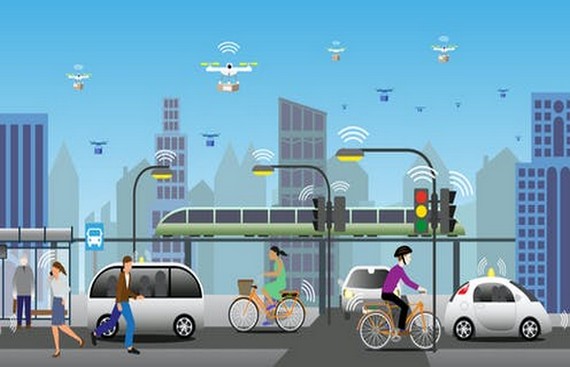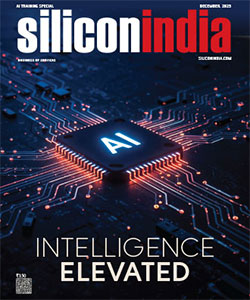The Future of Transport & Where do We Stand

When the world is looking at soon travelling in Hyperloop, India has just flagged off its first-ever driverless metro in Delhi today. Prime Minister Narendra Modi today inaugurated it via video-conferencing and the train will operate on Delhi’s Magenta Line connecting Janakpuri West and Botanical Garden along with the fully operational National Common Mobility Card (NCMC) services on the Airport Express line. The officials also mentioned that the driverless car will be completely automated, eliminating the possibility of human error.
However, India’s journey from bullock carts to driverless metros are indeed a tale in itself. The major changes and enhancements in the public transport were observed majorly in the past few years. The country has developed technologically and made constant progress helping people to opt majorly for public transport, which helps reduce pollution and make travel safe.
“The first metro in the country was started with the efforts of Atal Ji. When our government was formed in 2014, only five cities had metro services and today 18 cities have metro rail service. By 2025, we will take this service in more than 25 cities,” PM Modi said at the event. He also emphasized that the driverless metro is an important milestone that underscores how far the country had progressed in assimilating smart systems and new-age technology. Now imagine, the first metro was flagged off by late Prime Minister Atal Bihari Vajpayee on December 2002, and since then it took almost two decades to reach to 18 cities. However, with technology progress and the right kind of people heading the move, reaching 25 cities by 2025 isn’t a far off dream.
So what other progress did we make in the field of public transport? It is interesting to note that the Prime Minister also launched NCMC, which is an inter-operable transport facility. It will allow users to pay for travel, toll duties, retail shopping and even withdraw money using just one card. What more?
If we remember those old comics and encyclopedias, we can see that majority or almost all of those transport vehicles have turned into reality. But the future of public transport that is being discussed or companies still working on may not be around us by the coming decades. The public transport, globally, will largely be influenced by large-scale responses to the climate change agenda and energy sourcing & security. The other factors impacting the design of public transport are the shifting demographic trends, the development of the collaborative economy, increasing use of big data and mostly encouraged by the driverless trends.
The Challenges on the Road to Innovation
Despite the much touted moves and researches on improving the public transport in the country, there lies a slew of challenges. The sector is one among those that haven’t been able to keep up with the exponential growth of Indian cities. Though metro rail networks is one of the many solutions to de-congest the city roads, the efficiency of investments in them remain a matter of debate. On the other hand, not all cities have the possibilities to have metro rail connection due to various reasons, two of them are the high cost and increasing financial constraints.
Despite all these, the efforts may go in vain. Why? A larger share of most cities will remain away from the high-speed mode of transit for the foreseeable future. Even if we ignore this, it is pertinent to note that a large number of riders will avoid using metros but only for a recent duration. They will connect once the metro network expands and have better connectivity.
However, when considering public transport as whole, metros make only one portion of it. Buses and suburban rails are also important elements of an urban transporter’s life. Putting more emphasis on only one segment is impacting the larger picture. It shouldn’t be too late to not be able to reverse the damage. Not just the government, but even the private players should join hands to bridge every gap existing to ensure a seamless transport to not just urban but rural areas too. This will open up more avenues for companies like Uber to launch public transport features, which it launched in Delhi to provide commuters with information about nearby public transit stops and real-time departure schedules.
These are just the beginning. There are much awaiting. It’s just that we need to prepare our systems to benefit from them.
Read More News :

.jpg)

.jpg)
.jpg)
